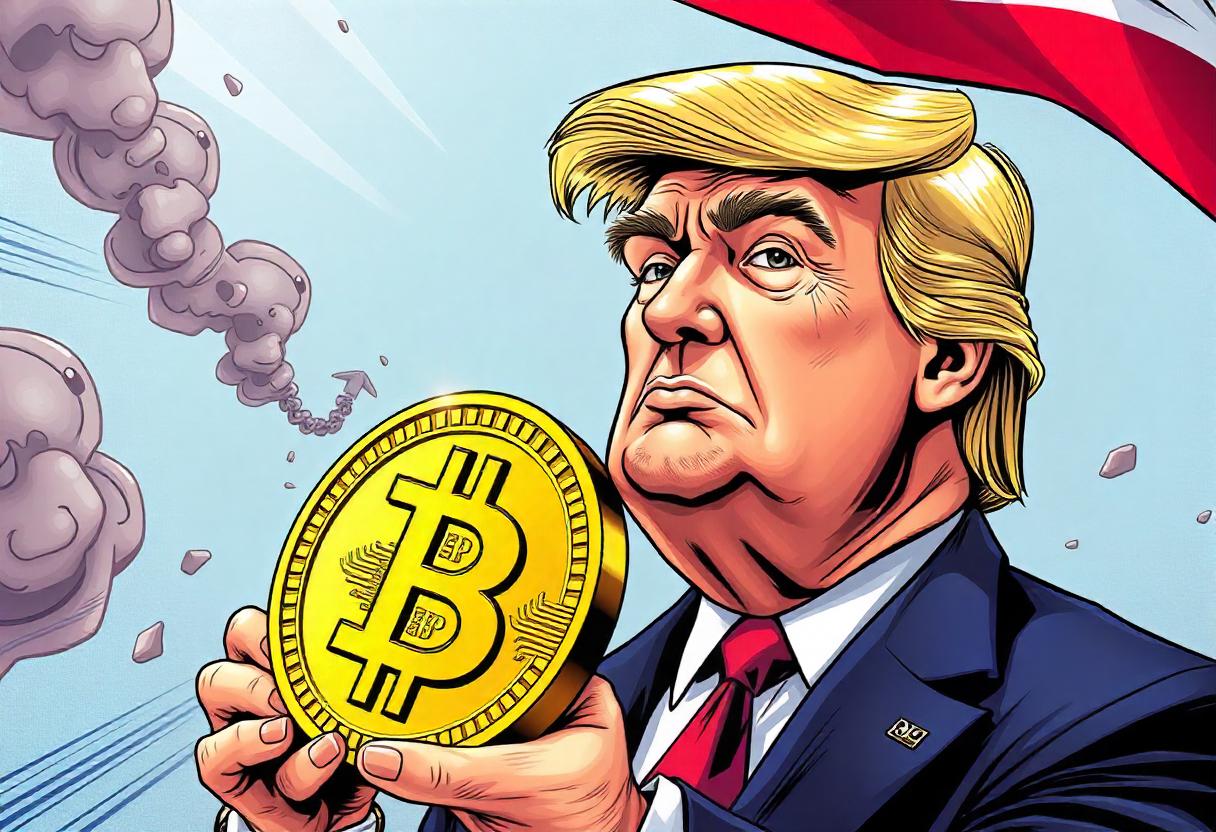With interest in cryptocurrencies rising again since Bitcoin (BTC) touched the $100,000 mark for the first time in early December, you might want to see how these tokens could be useful in different aspects of your life.
Take a look at some of the key uses for digital cash in a changing world.

Source: Pexels
To Save or Invest
New stories and high levels of general public interest are largely built on the potential this type of money offers for sudden and dramatic price hikes. The extraordinary history of BTC since its launch, as covered by Money.USNews.com, reveals some periods of rapid growth. Other forms of digital cash have had a similar trajectory but the volatility levels make this an investment at the riskier end of the scale when compared to traditional alternatives such as stocks and bonds.
About 50 million people own BTC, with a total limit of 21 million tokens helping to keep it relatively exclusive forever. Price predictions for the leading tokens vary widely, making it extremely difficult for newcomers to understand what might happen next. It’s difficult to know how many new token-holders get involved purely for financial reasons, but there’s no doubt it’s become a major part of the digital economy in the last few years.
Staking is one of the options for holding digital currencies for a longer period and planning an investment capable of growing and giving them an extra income. This is an option where the tokens are locked in the network and put to use in ways like validating transactions or securing the network. By doing this, the token-holder earns rewards as a type of interest payment, although it doesn’t remove the volatility issue from the price of the token.
The Ethereum (ETH) network is one of the most popular for staking purposes, with over 34 million tokens staked at the time of writing. This network is home to the biggest potential Web3 ecosystem, offering the possibility of running smart contracts for DeFi apps and creating non-fungible tokens (NFTs). It’s been described as being like a decentralized global computer but has remained firmly behind BTC in the price charts since entering the market back in 2015.
Buying Goods and Paying for Services
The question of whether cryptos will replace fiat cash for everyday spending has caused fierce debate among early adopters and those who aren’t convinced by the power of digital cash. Federal Reserve Chairman Jerome Powell recently stated that BTC is best viewed as a type of digital gold rather than a rival for the dollar, according to this report – CryptoSlate.com. Yet, it’s also increasingly accepted as a payment method.
Dogecoin (DOGE) is the only digital asset accepted by electric car manufacturer Tesla, while Litecoin (LTC) is another token that can be used to pay for purchases and send funds. Many other assets have been specifically designed to be used in certain ecosystems. For example, Avalanche (AVAX), Chainlink (LINK), and Hedera (HBAR) are part of the DeFi system that looks to change how we carry out banking using blockchain technology.
Cryptocurrencies offer a fast and cost-effective way of sending funds, which makes them a sensible choice of payment method for gambling sites such as online casinos. The IgnitionCasino.eu site lists BTC, ETH, and LTC among its range of payment options, alongside classic fiat methods like Visa and MasterCard. This is a secure method of sending funds to a casino account and taking out any winnings after playing, which fits with the industry’s need for a high level of safety and transparency.
One of the interesting aspects of gambling with cryptocurrencies is that any price swings in the tokens can eventually affect the amount won or lost. This potentially adds an extra layer of volatility, as the player would essentially be gambling on the price movement of their chosen token as well as the outcome of the games, unless they decide to use a steady stablecoin for funding purposes.

Source: Pixabay
Sending Money
Sending money to another wallet-holder anywhere in the world was one of the first key use cases discovered for BTC and crypto remains one of the most cost-effective and safest ways of sending money. However, some analysts believe that the likes of Ripple (XRP) and Stellar Lumens (XLM) could go further by changing the way banks send remittances across the planet in the blink of an eye.
These services promise a slicker, cheaper way for banks to move money than older systems such as SWIFT. For individual transfers, stablecoins like Tether (USDT) and USD Coin (USDC) remove the volatility aspect, making them a sensible option for anyone who wants to send cash without the risk of losing value along the way.
These examples show how cryptocurrencies have now entered various aspects of our lives, even if not everyone is aware of how they work. Expect to see this market continue to generate a lot of news headlines as more people take an interest in digital currencies and the different things they can be used for.









Leave a Comment